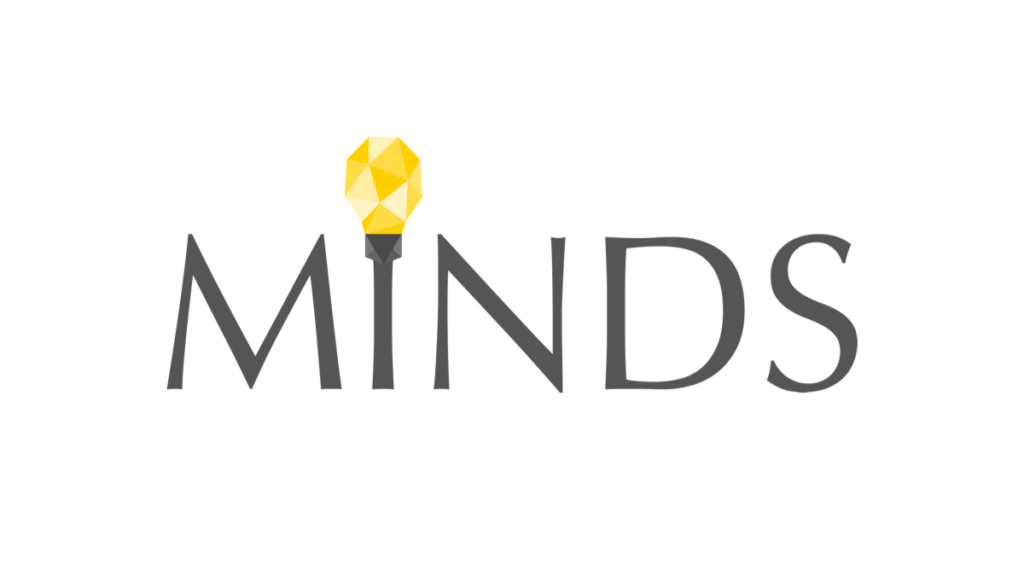Anyone who pays attention to technology and finance news will have heard about Web3. This is because it has been discussed a lot, especially with the rise of cryptocurrencies. Basically, it is a promise of an evolution of the internet in the way we know it today, based on these new decentralized technologies. For many, this can still sound a little confusing. So, what exactly is Web3?
In simple and direct terms, Web3 means the next evolution of the World Wide Web, the well-known internet, seeking to bring more security, privacy and control to its users. This new version is based on decentralized blockchain technologies, allowing users to have full control of their data and transactions, without relying on intermediaries.
The current most relevant examples of what the Web3 is

The concept of Web3 is new, but it has already achieved relevant status in several areas, including economics, games, and others. One of the most well-known applications is NFTs (non-fungible tokens), which are basically the digital property of works of art, collectibles and other unique digital items.
Other than that, Web3 also has the ability to change the way financial operations are carried out. With it, it is possible to trade cryptocurrencies and other goods without the need for intermediaries (banks, for example) which makes transactions cheaper and faster.
Another area where Web3 is having a significant impact is gaming. Blockchain-based games allow players to own and trade their items such as characters and skins. One example is Axie Infinity, in which players can collect and trade virtual creatures. This develops a whole new economy around gaming, with players able to earn real money for the time they spent with it.
But Web3 is not just limited to these areas. Decentralized technology can have many other uses, ranging from digital identity to electronic voting.
Web3’s keyword is “decentralization”. Rather than relying on intermediaries such as governments and big tech, Web3 allows transactions to take place directly between users, and cryptographic technologies ensure protection.
Web3 also gives users absolute control of their data, rather than letting companies collect and sell it. Thus, the great gain in terms of privacy this technology brings is clear.
Read more about Web3:
Web3 or Web 3.0? Similar terms, different concepts

An essential point to be highlighted is that the term Web 3.0 is often used with a different meaning from Web3. While Web3 always refers to this blockchain-based evolution in search of a more secure internet, the concept of Web 3.0 is much older and refers to the Semantic Web.
The main characteristic of the Semantic Web 3.0 is the ideal of making the Internet more intelligent based on the improvement in the capacity of machines to understand and interpret shared information, something that has only become conceivable with the recent advancement of artificial intelligence.
Even so, there are still times when the term Web 3.0 is used to refer to Web3, so it’s always good to look at the context to know which of the two concepts is being mentioned.
The main advantages of Web3
Web3 has immense potential to significantly change interaction on the Internet. The focus is usually on financial transactions, but that’s just the tip of the iceberg.
One of its main advantages is helping to reduce dependence on centralized mediators. Web3 allows the creation of so-called “decentralized applications” (or dApps) that are not controlled by a single entity, but run on a dispersed network. Thus, users can use these applications without worrying about censorship or data manipulation, as the information is verified and validated by numerous computers on this network.
This is particularly important in places where financial institutions are less trusted, or where there is government censorship and surveillance. In countries like Venezuela, for example, hyperinflation and economic instability have led a large part of the population to seek refuge in cryptocurrencies. With Web3, they can use their assets to buy goods and services directly, without relying on representatives in their country, which could be affected by the bad economic situation.
Another advantage is that it can help reduce fraud and corruption. With the technology, transactions are recorded in an immutable and transparent ledger, which means that it is very difficult to alter or falsify them. This can help reduce fraud in many areas, including finance and voting.
Web3 also has the potential to change the modus operandi of many companies. With blockchain technology, they can create smart contracts that run automatically when certain conditions are met, which helps make processes more efficient and tamperproof.
Furthermore, Web3 can also be used to create dispersed communities and ecosystems, where users have more oversight over products and services. One example is that some companies are creating blockchain-based social networks where users have complete control over their data and can receive rewards for contributing to the network. This is the case of MINDS, developed on the Ethereum network.

It can even be used to create new business models based on cryptocurrencies and tokens. There are companies creating utility tokens that can be used to access specific services and products. Others are creating security tokens that represent ownership or interest in the company. The uses are endless.
Finally, Web3 also promises to democratize access to financial and economic services. It makes it possible to create financial systems that are inclusive and accessible to people who traditionally do not have access to services such as banking and lending, something that can help reduce economic inequality and promote development around the globe.
Current obstacles to Web3 implementation
Although it is growing exponentially and offers many advantages, Web3 still faces some obstacles. The technology is new so many people don’t fully understand how it works.
Add to this the fact that decentralized technology is often seen as more complex, more difficult to use than traditional technology. There is also the problem that the blockchain is a bit expensive and has periods of high congestion, which may not be practical for all applications.
It may also have some risks. One of them concerns the issue of autonomy itself, since without authorities to intervene in case unforeseen events occur, inexperienced users who do not know exactly what they are doing are more vulnerable, with no way to help them if they fall into scams.
Other than that, it can also result in greater virtual fragmentation, with greater division between users. As a result, not only can the sense of unity of the network decrease, but its complexity increases, which may make it difficult to create standards for consistent regulations.
However, Web3 is still in its early stages and many of these issues remain to be resolved. As more people start using it, it’s likely that the problems will be addressed and the technology will become an increasingly important and essential part of the internet. It’s just a matter of time and investments for these obstacles to be overcome and for the network to become popular.
Towards Web3, the new internet
In summary, Web3 is a major evolution of the World Wide Web, seeking greater security and privacy, in addition to major innovations in terms of user autonomy. All this, of course, from the decentralization conceived by the blockchain.
Still, we must keep in mind that Web3 is not a magic bullet for everything that’s wrong with the internet. It has limitations of its own, and developers, users and regulators need to work together to address these and ensure that it is used responsibly.
It is also important to remember that Web3 is not the same as semantic Web 3.0. Although both are concepts related to the evolution of the internet, they refer to different areas. Semantic Web 3.0 focuses on an intelligent and comprehensive web, while Web3 refers to what was discussed in this text.
In this way, we are getting closer and closer to experiencing this important online evolution, which should bring numerous innovations and change the way we interact digitally. This new stage is only going to evolve, and even fewer people will have to ask what Web3 is, as it looks set to become the new normal.
Translation by Laura Bonci






